May 24, 2025 | 12:14 GMT +7
May 24, 2025 | 12:14 GMT +7
Hotline: 0913.378.918
May 24, 2025 | 12:14 GMT +7
Hotline: 0913.378.918
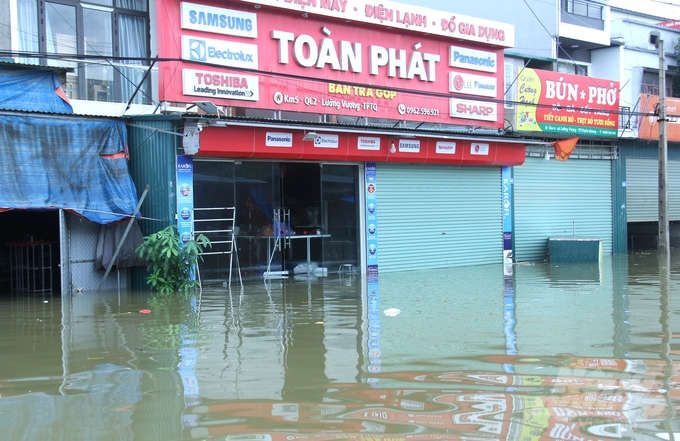
Tuyen Quang City reported that on the afternoon of September 11, although floodwaters are receding slowly, many of its streets remain heavily submerged.
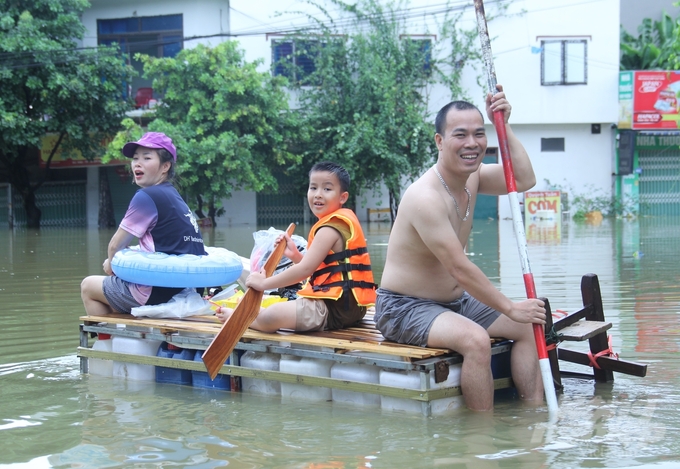
According to local residents, floodwaters began rising rapidly in the city at approximately 8 p.m. on September 10, with several areas reporting a water depth of up to 3 meters. The swift rise in water levels caught most families off guard, forcing them to leave their possessions completely submerged.
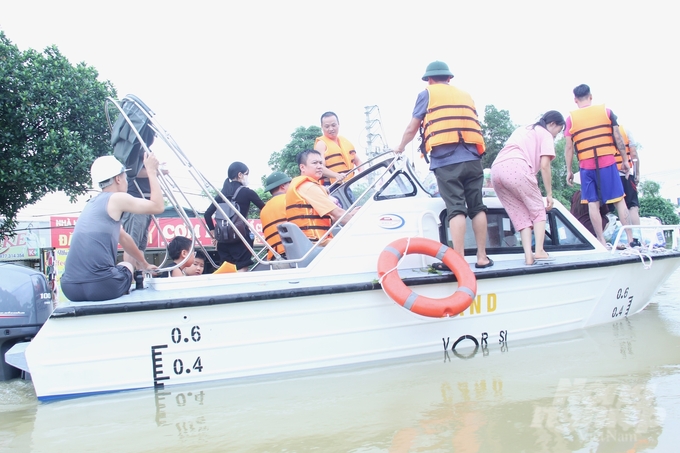
Overnight, local authorities and relevant forces swiftly implemented measures to assist residents in relocating to safer areas. Residents unable to evacuate in time have also received instructions to move to higher floors within their homes for shelter.

By the morning of September 11, the city suffered from multiple power outages, a lack of clean water, and frequent disruptions to telecommunications networks. With the aim of protecting the local residents' well-being, local authorities, in coordination with charitable and humanitarian organizations, promptly organized the distribution of meals, drinking water, and essential supplies.
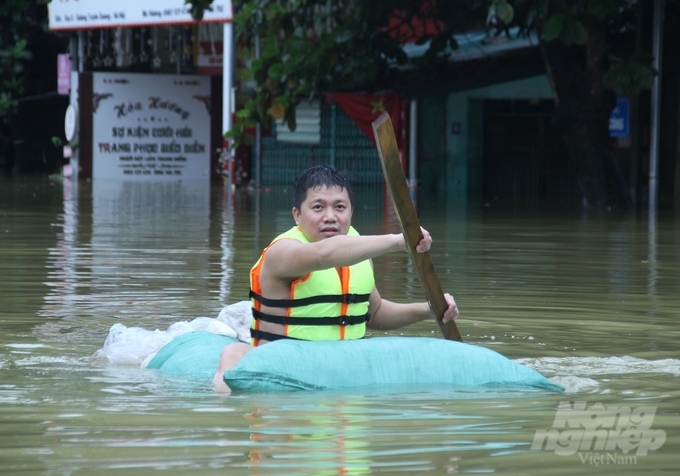
According to Major Tran Van Manh, Deputy Chief of Luong Vuong Commune Police in Tuyen Quang City, the city has not encountered a flood of this magnitude since 2001. Fortunately, the city has not reported any fatalities to date. Local authorities have also deployed personnel for round-the-clock duty to assist in relocating people and properties, and respond to incidents.
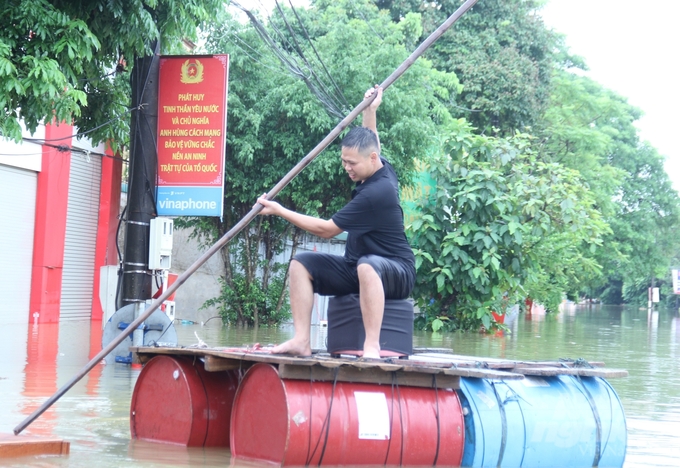
Floodwaters in Tuyen Quang City began receding by the afternoon of September 11, albeit at a slow pace. Local emergency response forces delivered meals and clean water directly to residents in isolated areas. Several residents took advantage of the receding waters to return to their homes to assess and salvage valuable possessions.
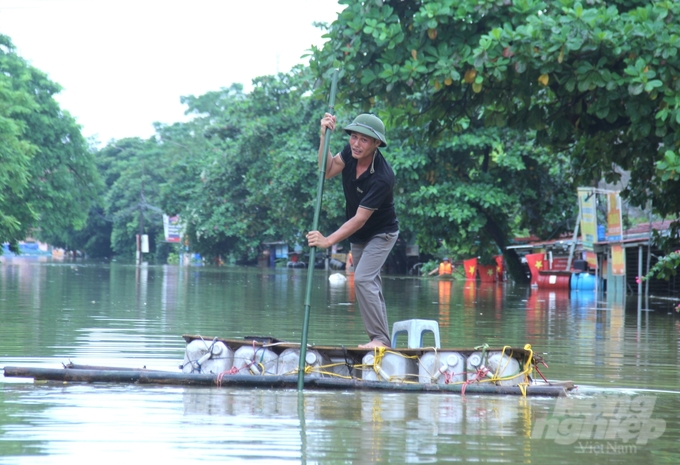
To facilitate mobility and alleviate the burden on emergency response forces, residents of Tuyen Quang City utilized various items such as foam containers, plastic bins, bed frames, and car tires to create makeshift rafts.

Many children, upon witnessing this unprecedented event for the first time, have chosen to play in safe areas despite the murky water and debris.
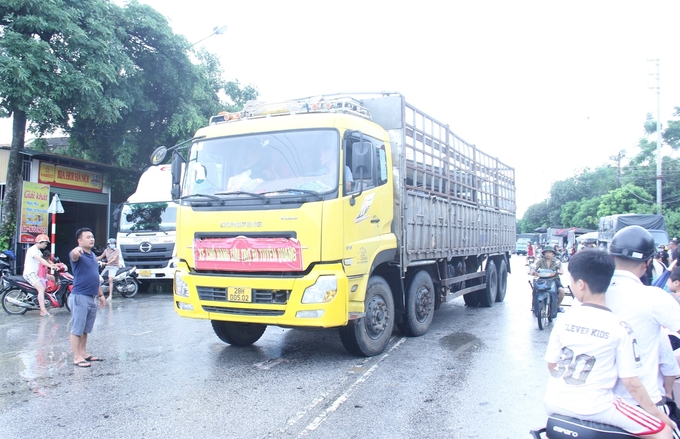
According to the National Center for Hydro-Meteorological Forecasting, as of 1 p.m. on September 11, the water level on Lo River (Tuyen Quang City) reached 27.47 meters, which exceeds the third alert level by 1.47 meters. The Center forecast that floodwaters on the Lo River will recede to the third alert level within the next 12 to 24 hours.
Deputy Prime Minister Le Thanh Long conducted an inspection at the Thac Ba Hydropower Reservoir in Yen Bai Province and reviewed its operational status on the morning of September 11. At the time of the inspection, the rain had lessened, and the reservoir was operating steadily with an inflow rate of over 3,100 cubic meters per second.
During a meeting with officials from the Ministry of Agriculture and Rural Development and Yen Bai Province, Deputy Prime Minister Le Thanh Long emphasized the need to continue complying with the Prime Minister's directives. He also stressed that, under all circumstances, the highest priority must be the health and safety of the people.
Deputy Minister of Agriculture and Rural Development Nguyen Hoang Hiep reported that the Thac Ba Hydropower Reservoir is currently operating safely. "Despite our ongoing challenges and missions, we can affirm that the Thac Ba Hydropower Plant is operating safely at the current inflow and outflow rates," the Deputy Minister added. Notably, the reservoir will take approximately 1 to 2 more days to return to acceptable water levels, and residents in the area should remain in shelters as a precaution against potential risks.
According to Deputy Minister Nguyen Hoang Hiep, the situation at Thac Ba Hydropower Plant is expected to improve with the forecast weather conditions, with water levels projected to fall below permissible thresholds. Local rainfall is expected to reach 40 to 50 millimeters over the next 48 hours, and 15 to 20 millimeters over the next 24 hours. Local authorities have prepared various response plans and are ready to mobilize resources to minimize damage, with a focus on prioritizing human life.
According to a report from the Yen Bai Provincial People's Committee on the morning of September 11, Yen Bai Province experienced light rain from the evening of September 10 to the morning of September 11 due to the influence of Typhoon No. 3.
At 6 a.m. on September 11, the water level on Thao River (Yen Bai Province) reached 34.63 meters (2.63 meters above the third alert level). The water level on Ngoi Thia River reached 42.01 meters at 5 a.m. (2.46 meters below the first alert level). The water level on Chay River (Thac Ba) reached 28.83 meters at 5 a.m. (6.83 meters above the third alert level).
Translated by Nguyen Hai Long
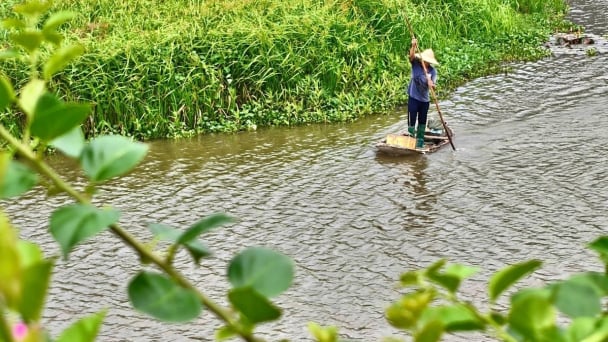
(VAN) In the tranquil wetlands of Van Long, there are quiet souls who guard the forests, nurture the waters, and oversee every bird and troop of langurs as protecting the essence of a living heritage.

(VAN) WWF, GIZ, IUCN, UNDP call for biodiversity conservation and sustainable development must be regarded as a unity in strategies for a green future.
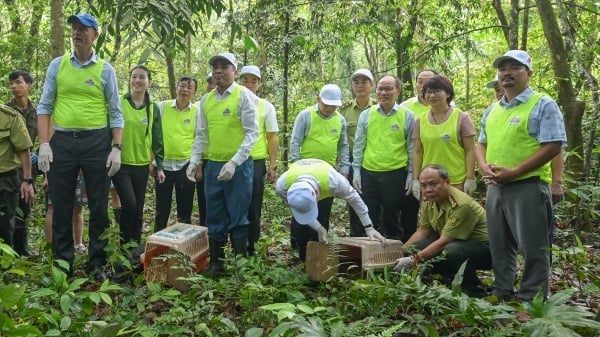
(VAN) On celebration of International Day for Biological Diversity, Deputy Minister Nguyen Quoc Tri called for practical actions to address nature and biodiversity conservation.
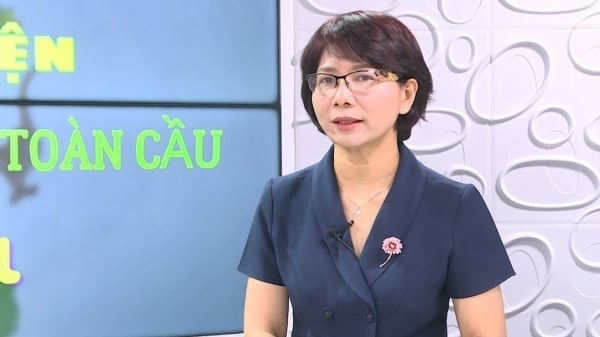
(VAN) Dr. Hoang Thi Thanh Nhan – Deputy Director of the Nature and Biodiversity Conservation Agency – highlighted this on the International Day for Biological Diversity, May 22, 2025.
![Ho Chi Minh city adapts to climate change: [2] Accelerating action](https://t.ex-cdn.com/nongnghiepmoitruong.vn/608w/files/chiqk/2025/05/22/4024-4220-bien-doi-khi-hau-1-100626_766.jpg)
(VAN) Clearly recognizing the challenges posed by climate change, Ho Chi Minh city has swiftly shaped its policies and implemented practical solutions to adapt.
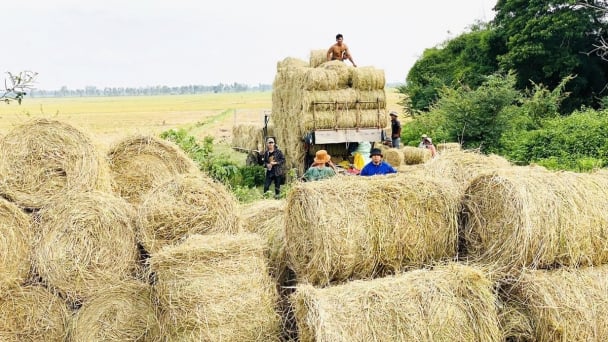
(VAN) Rice straw is no longer just a discarded byproduct, but it is becoming a green resource that helps farmers in the Mekong Delta reduce emissions and promote circular, sustainable agriculture.

(VAN) Other Effective Area-based Conservation Measures (OECMs) are solutions that contribute effectively to achieving the goals of the Kunming–Montreal Global Biodiversity Framework.